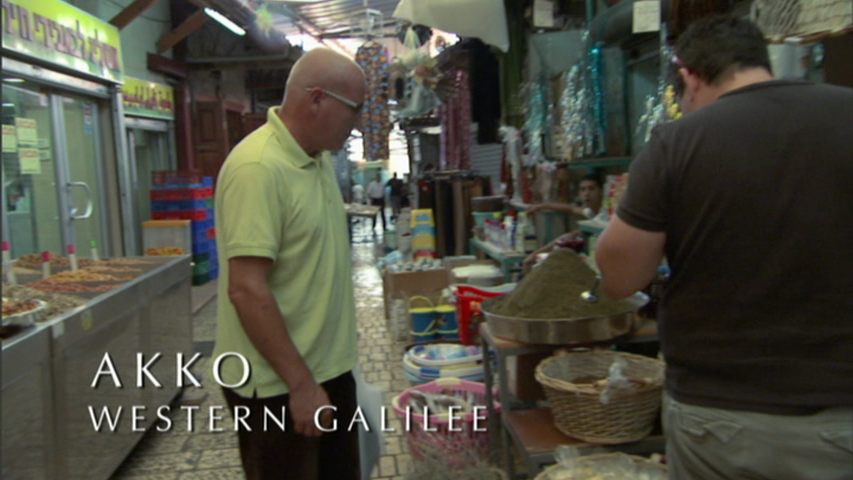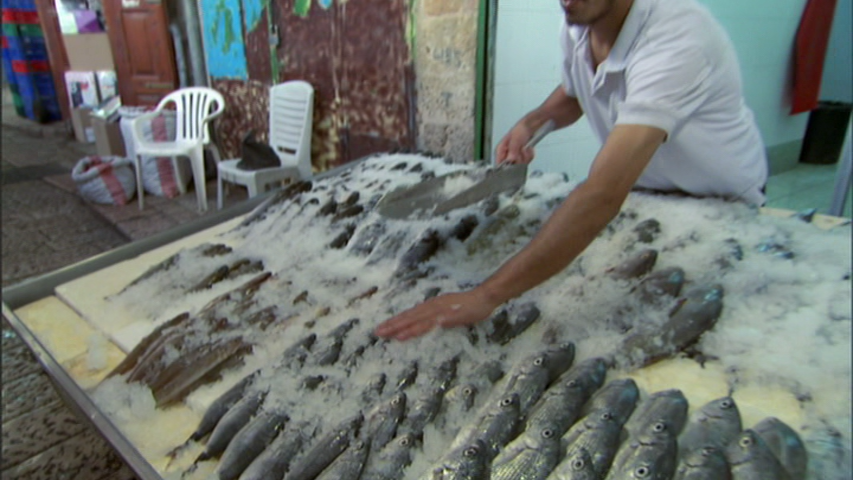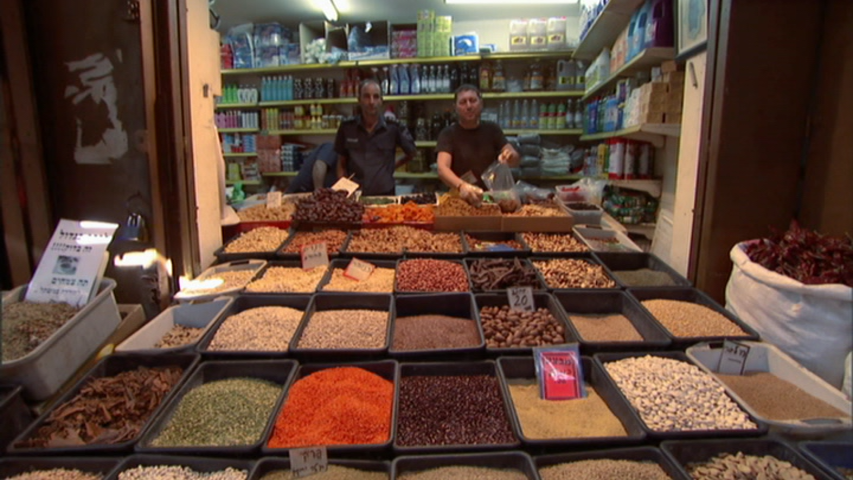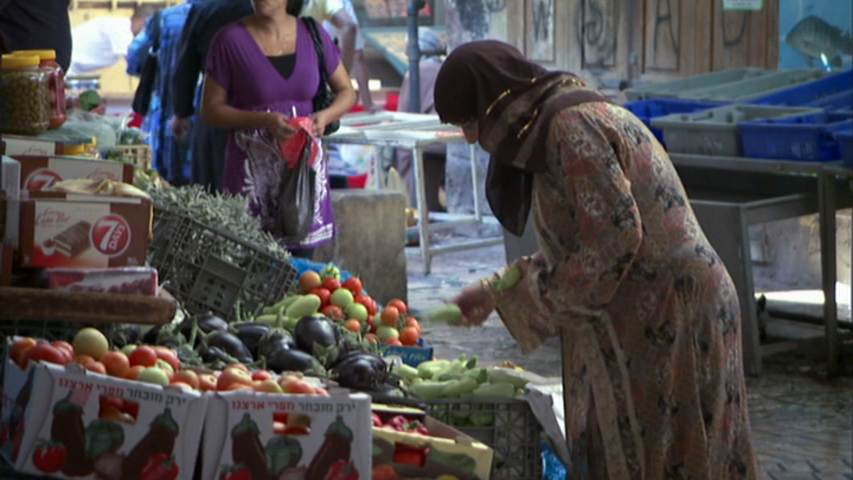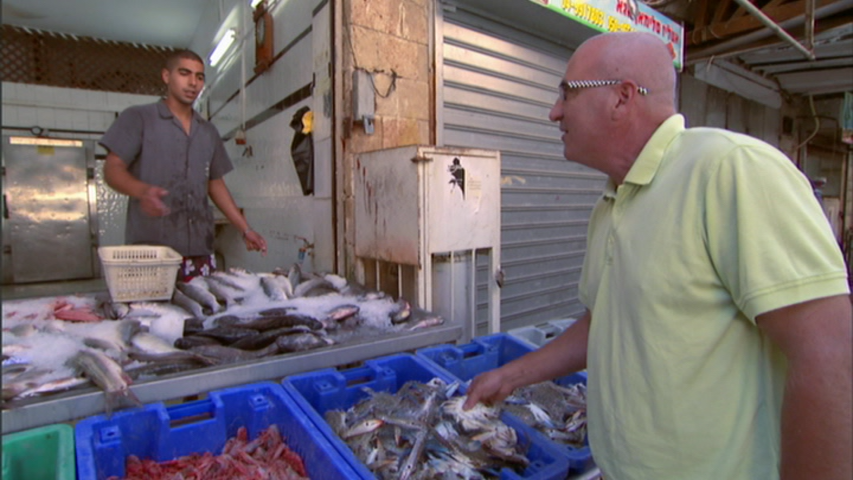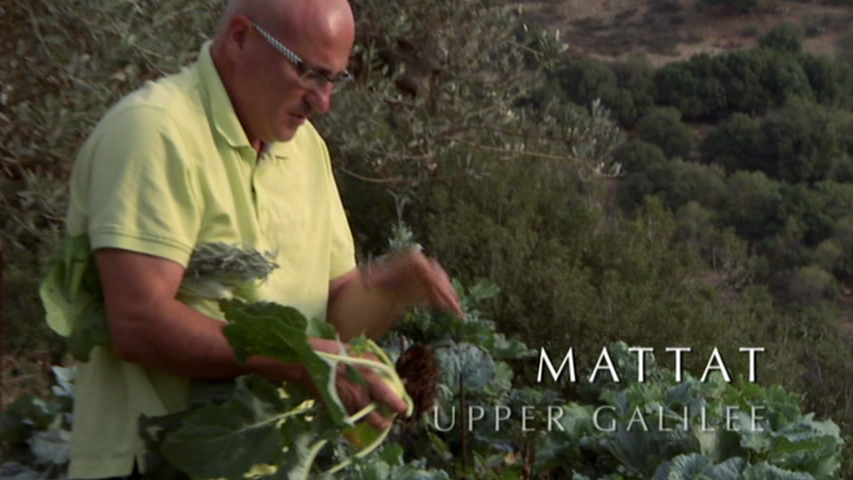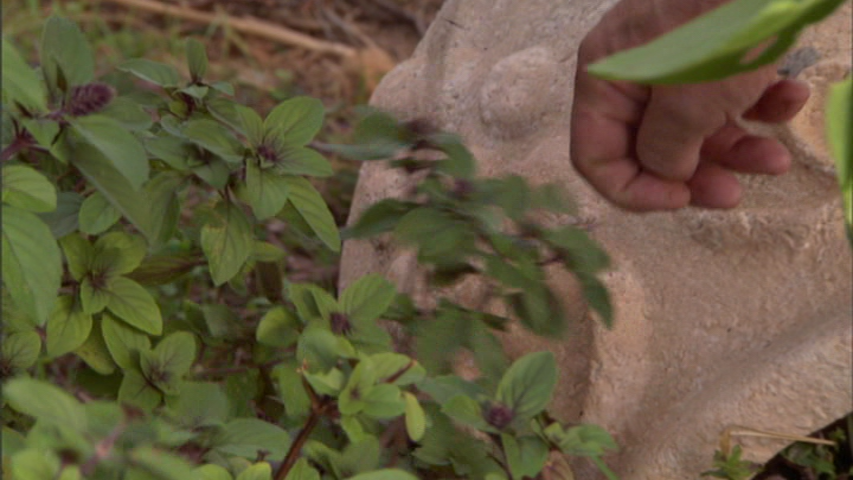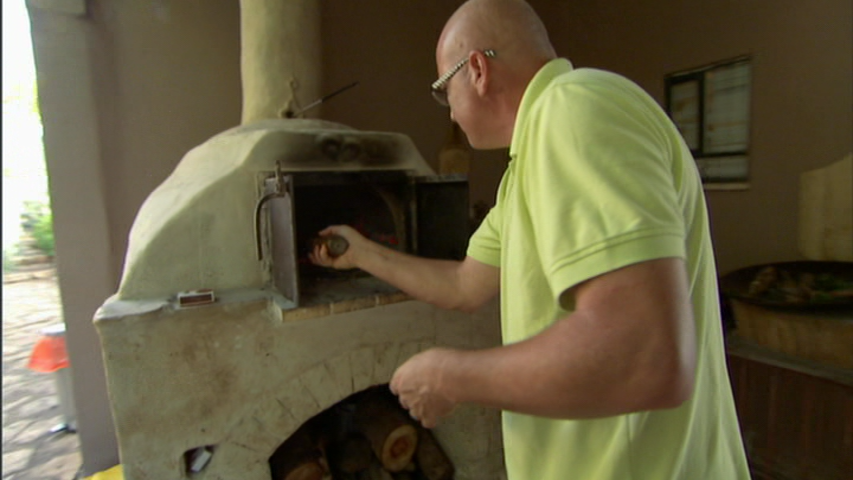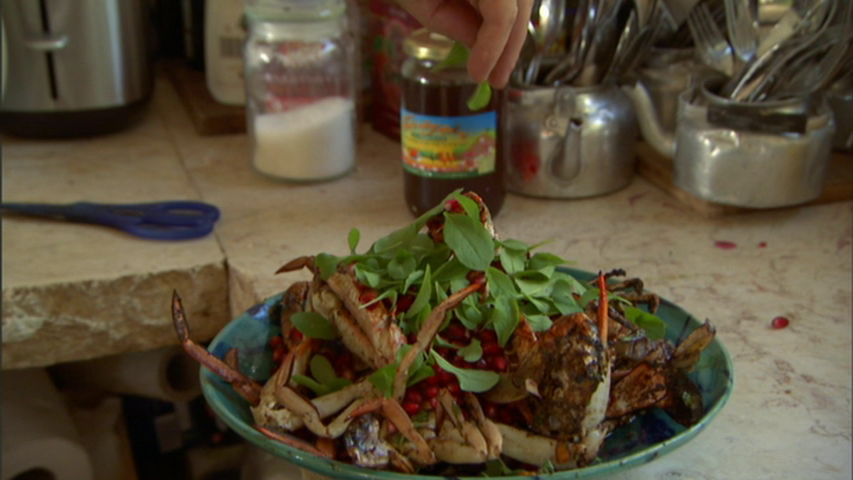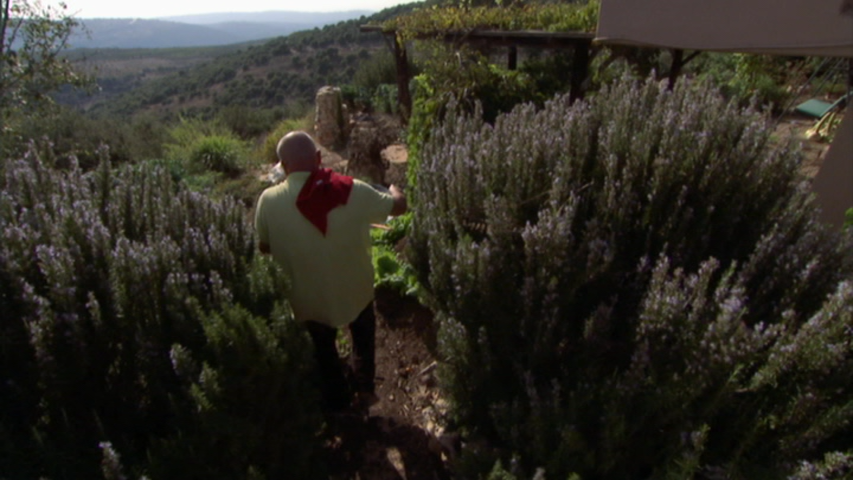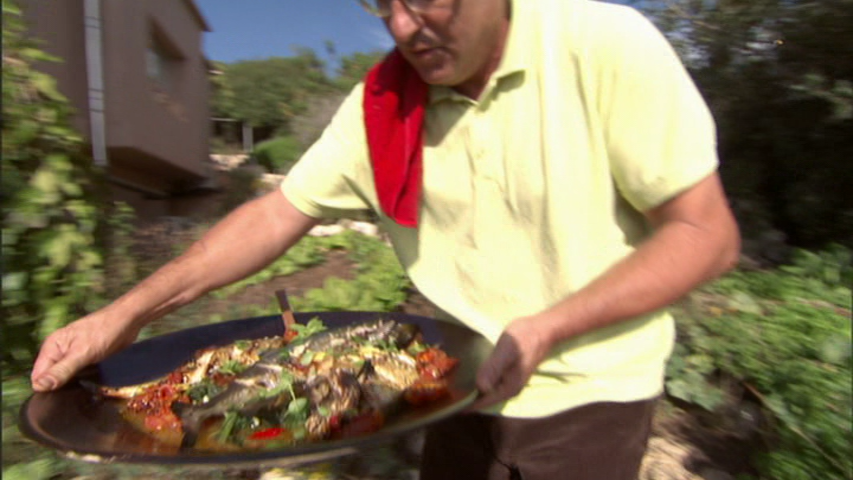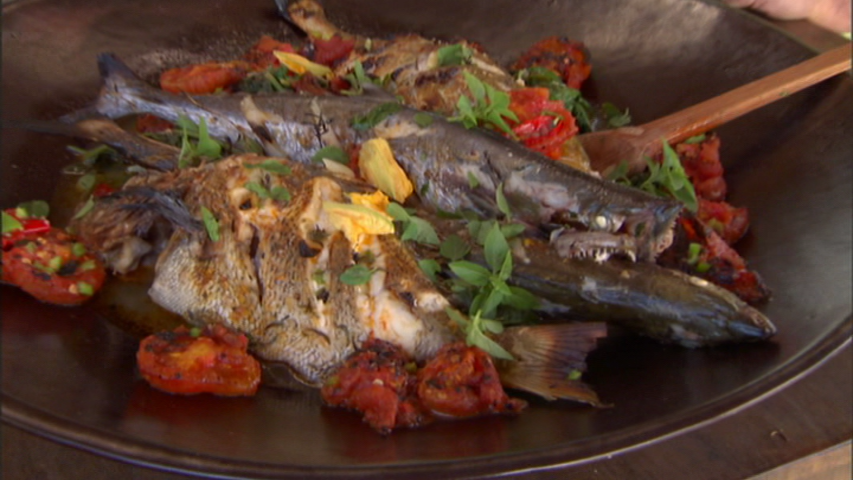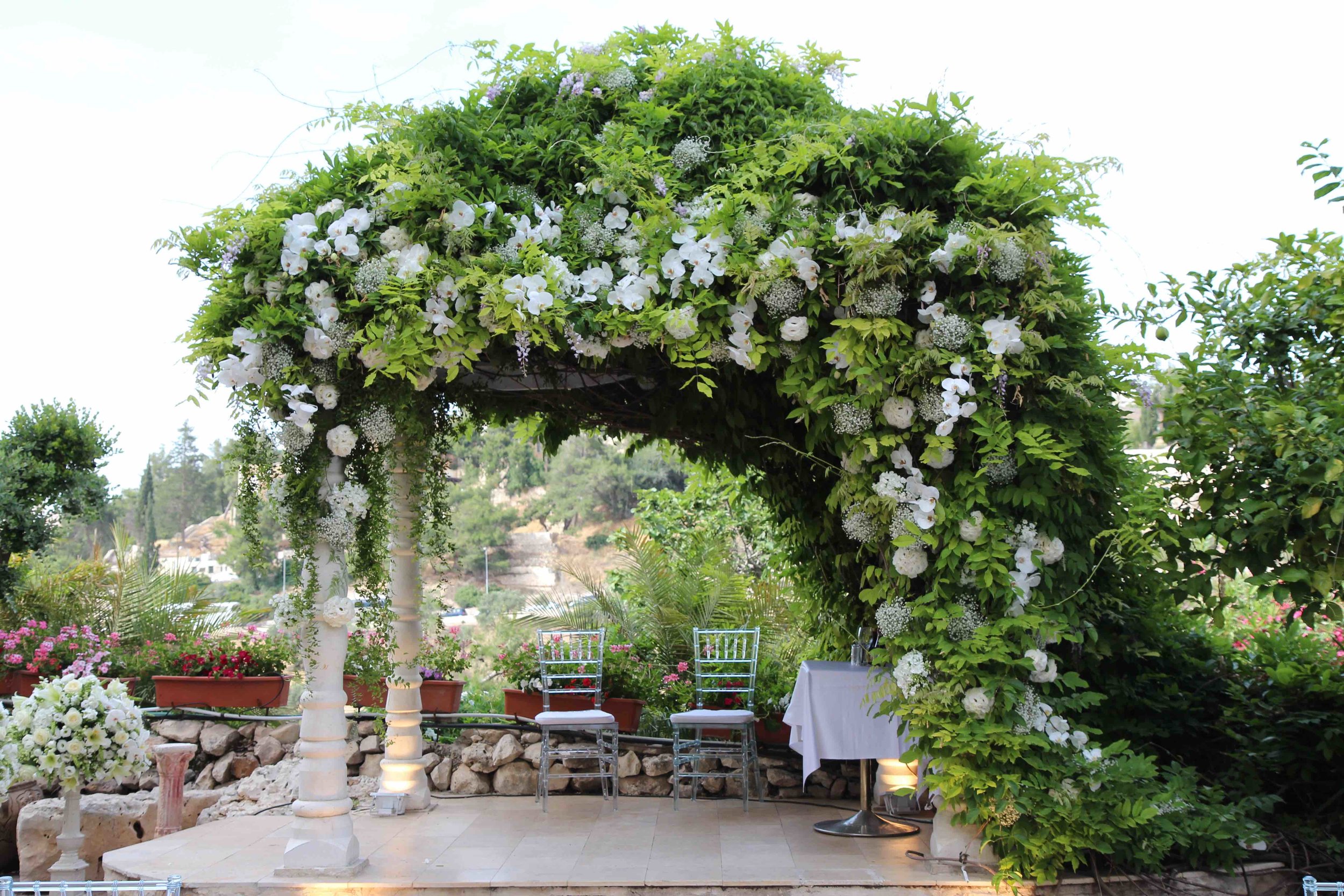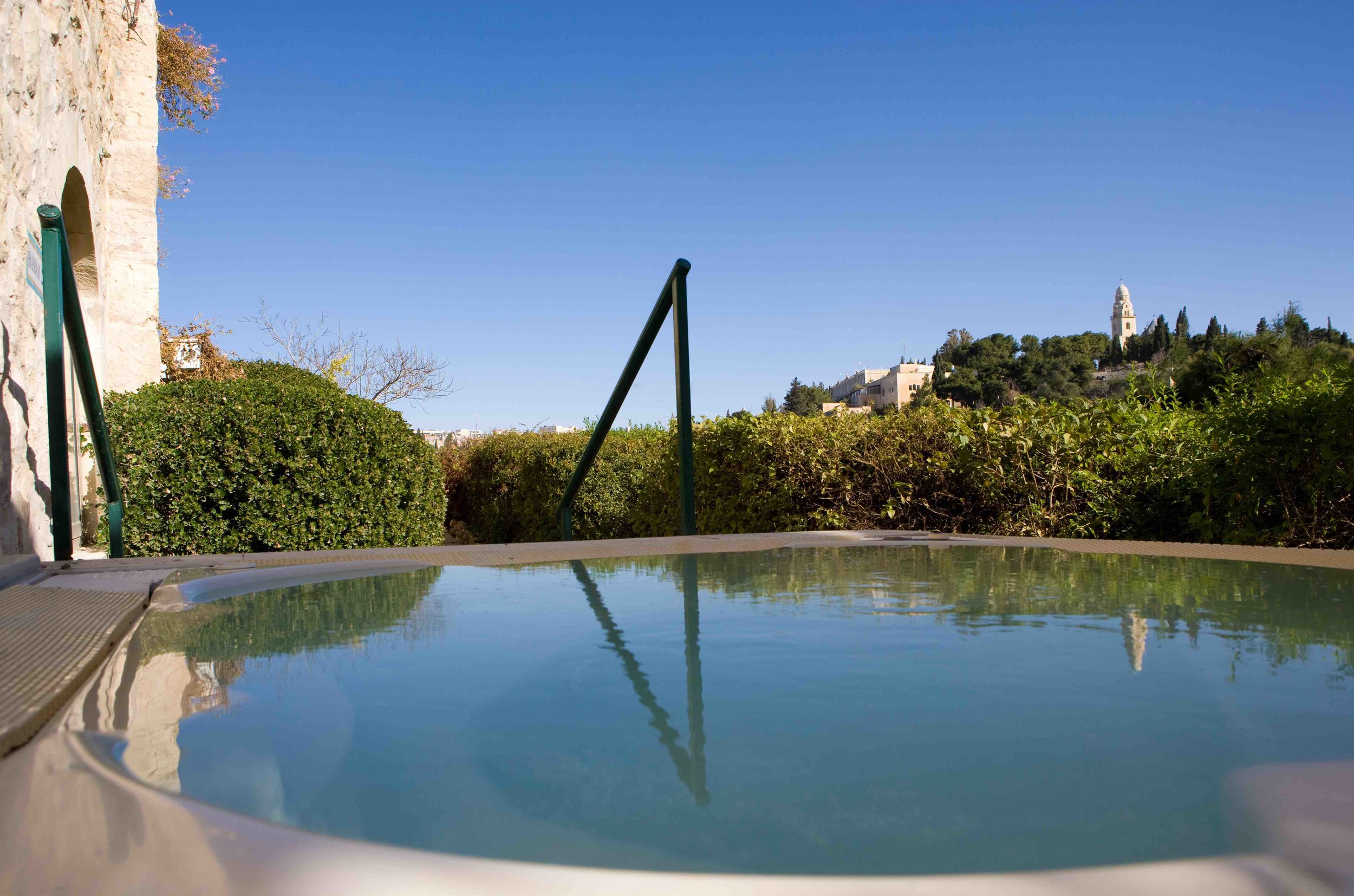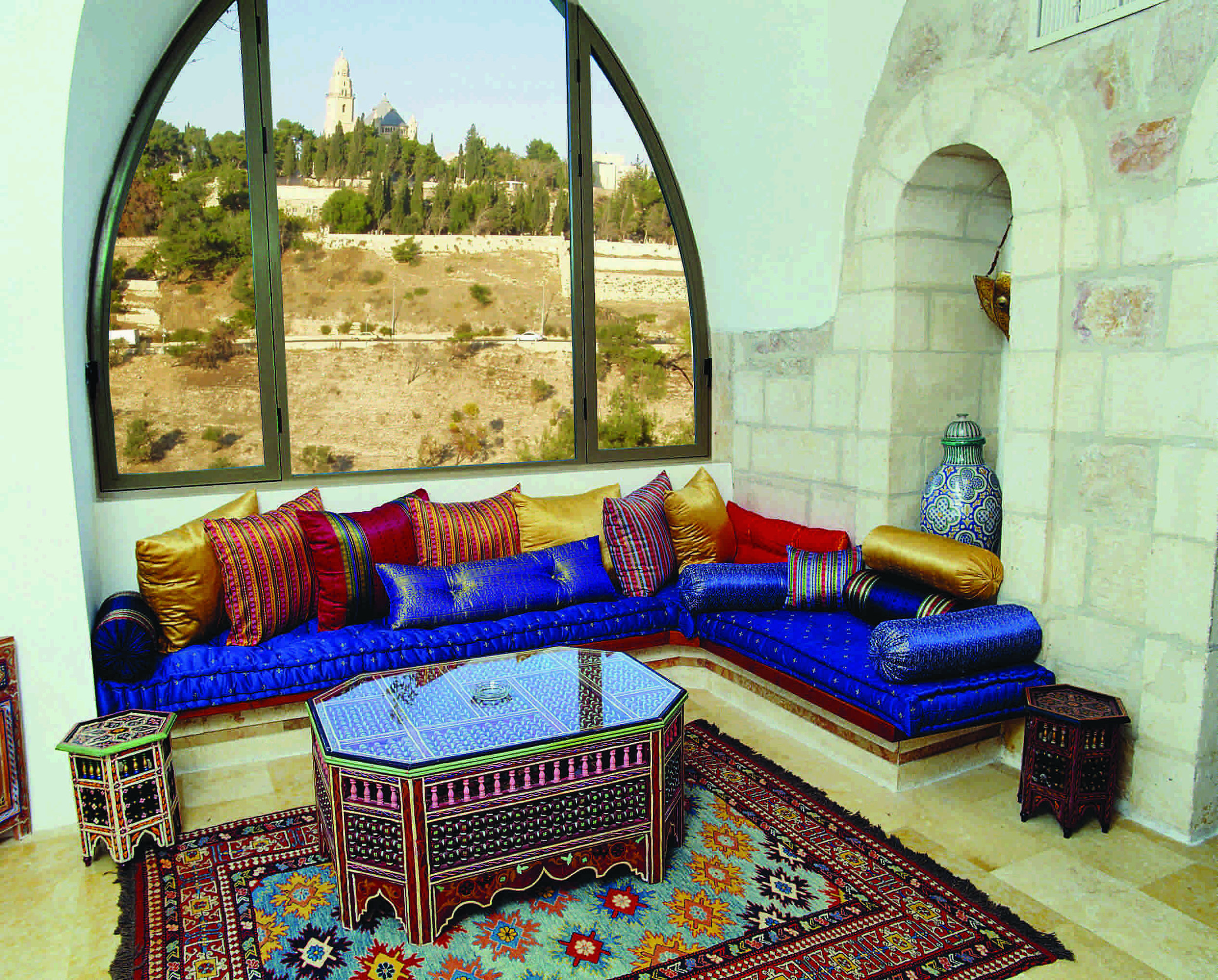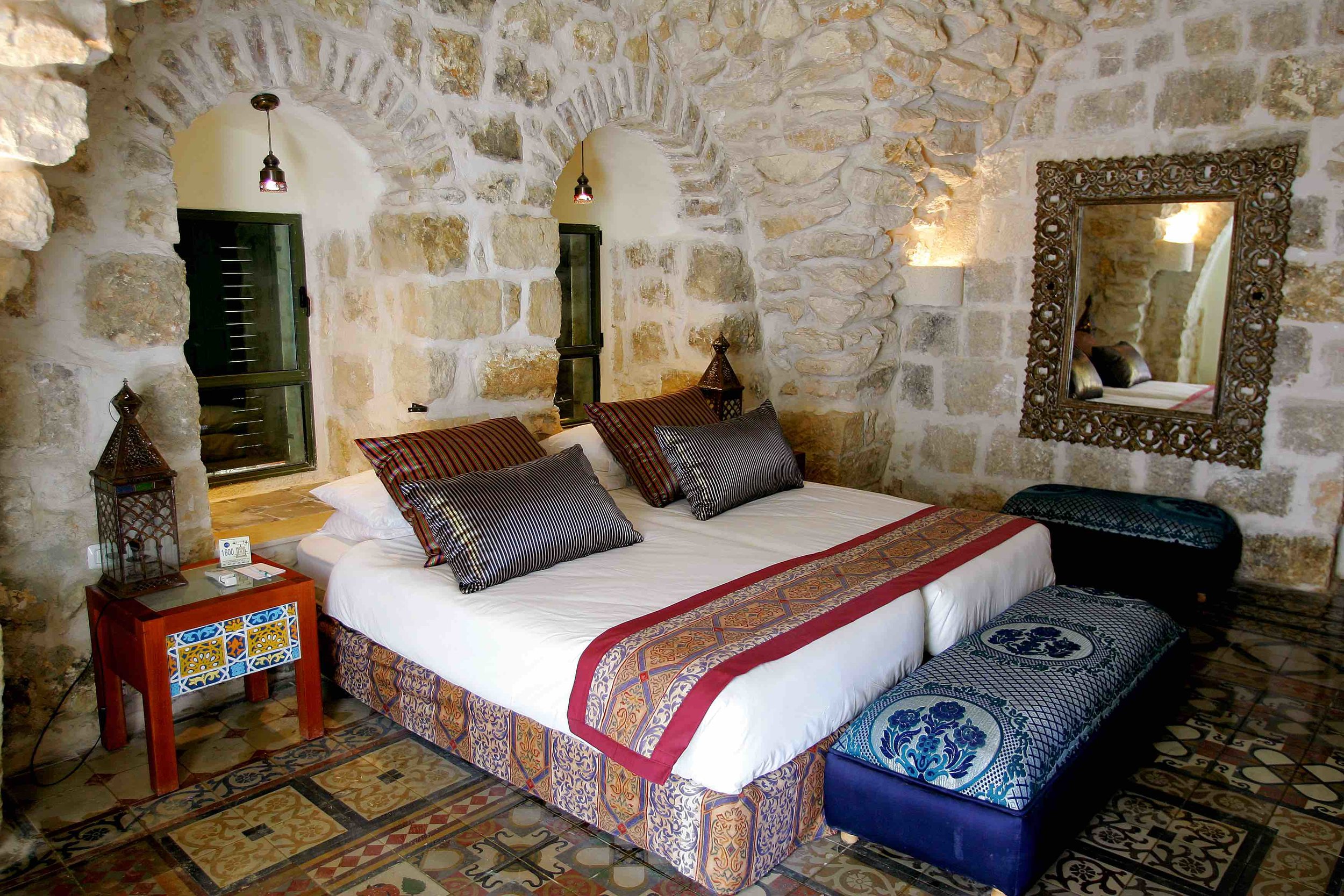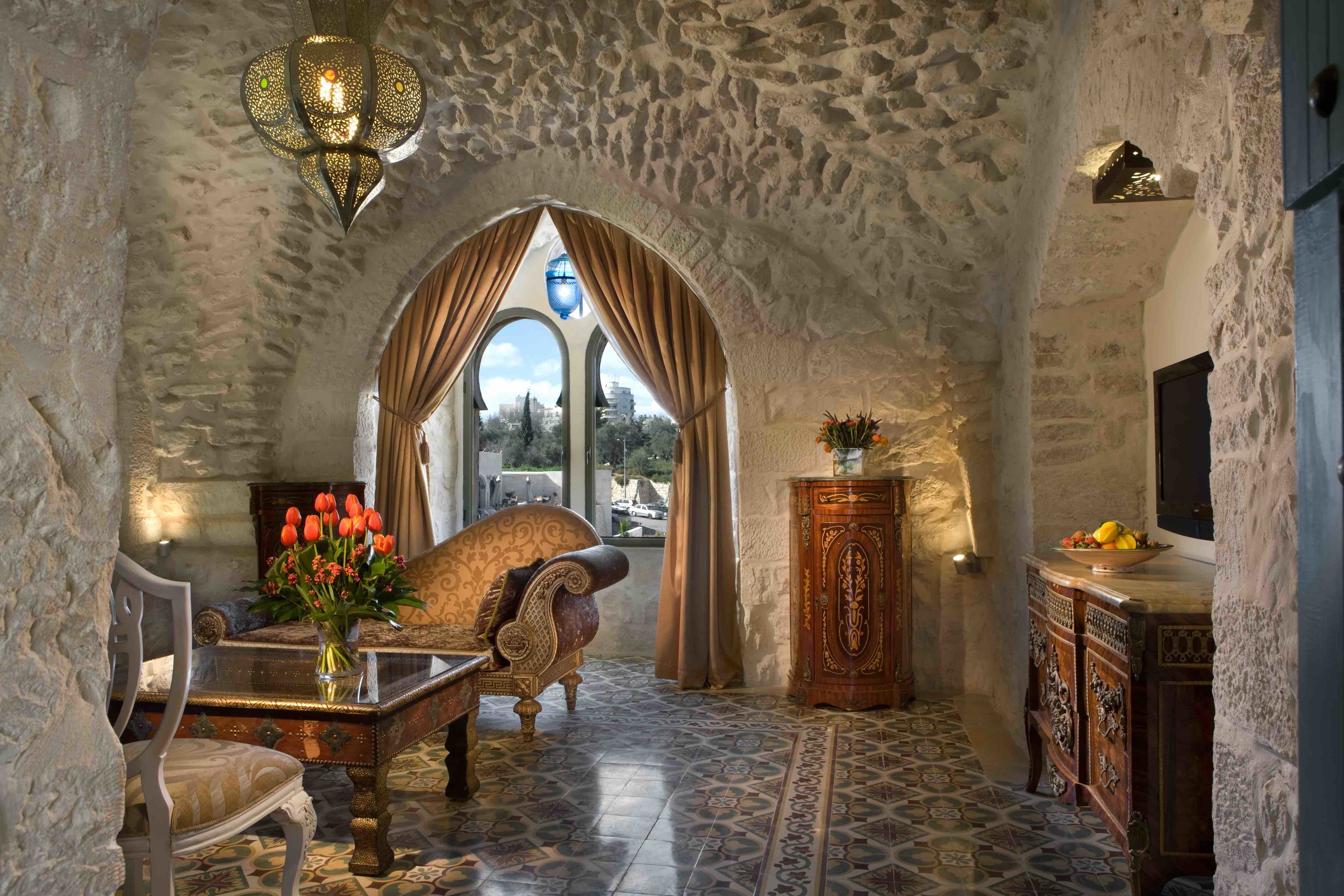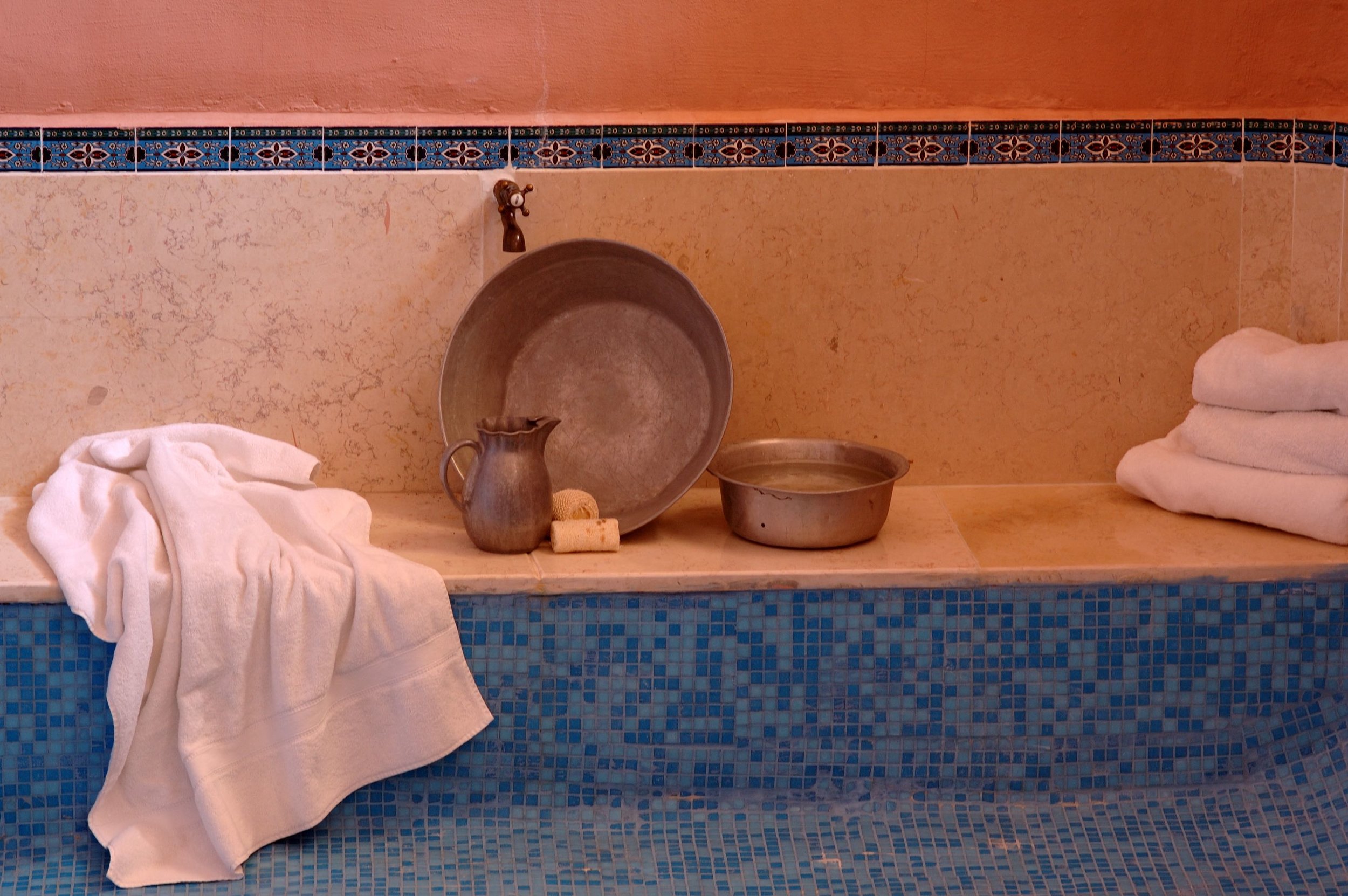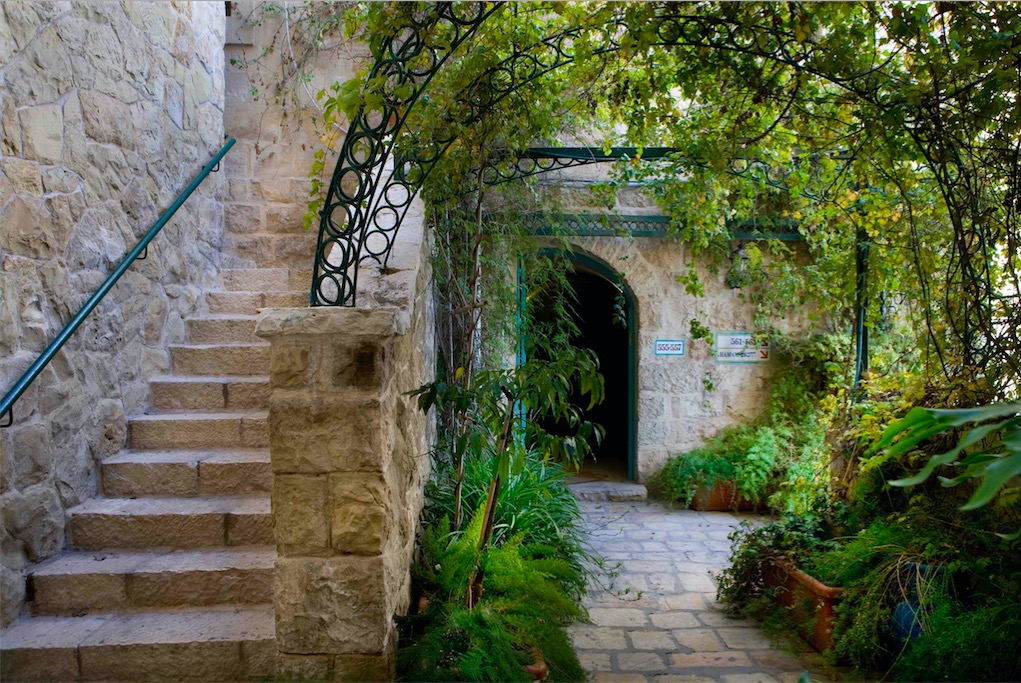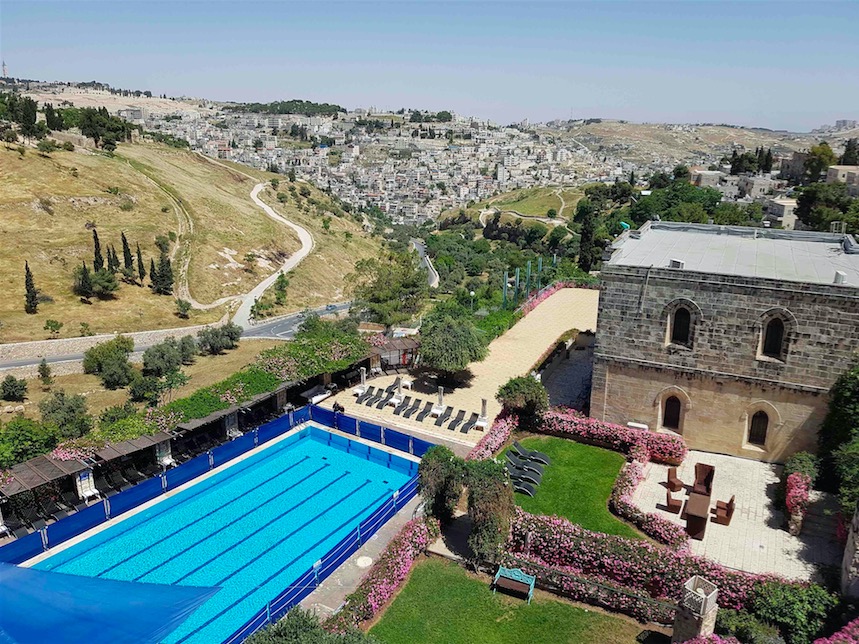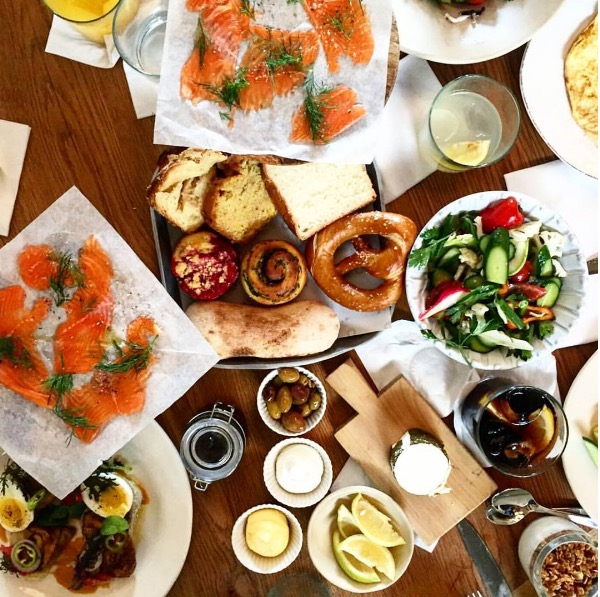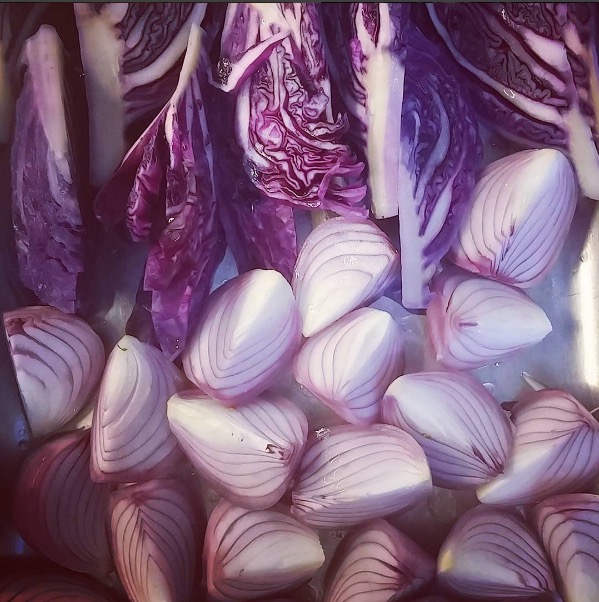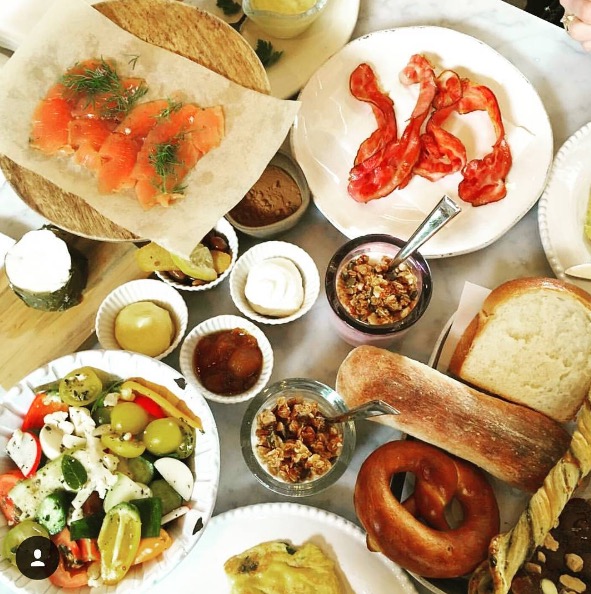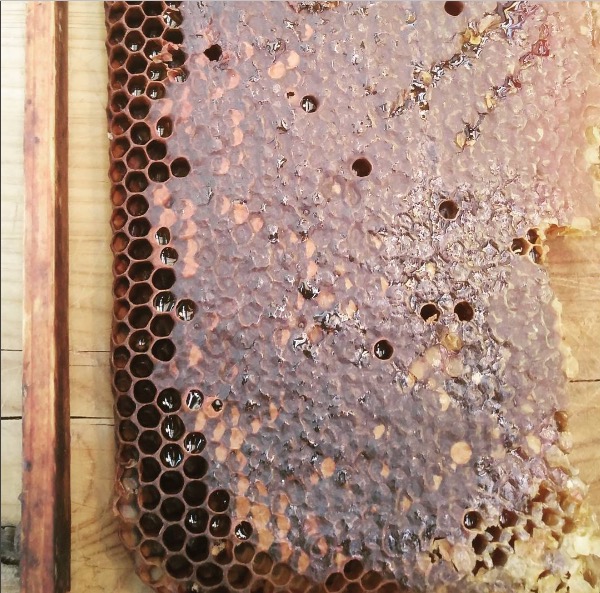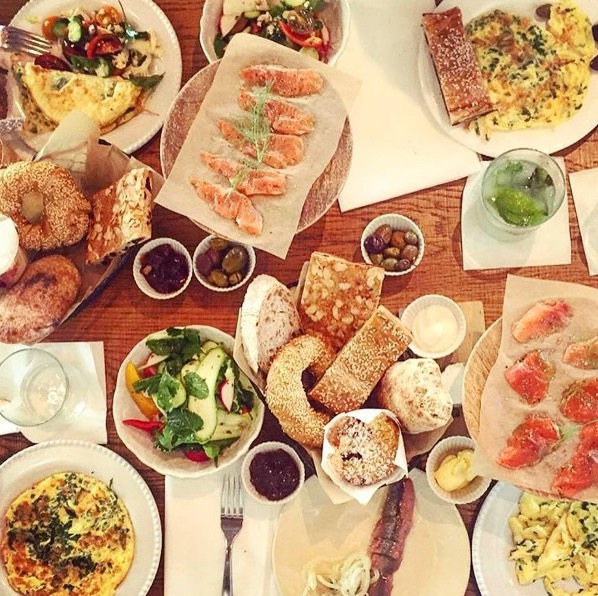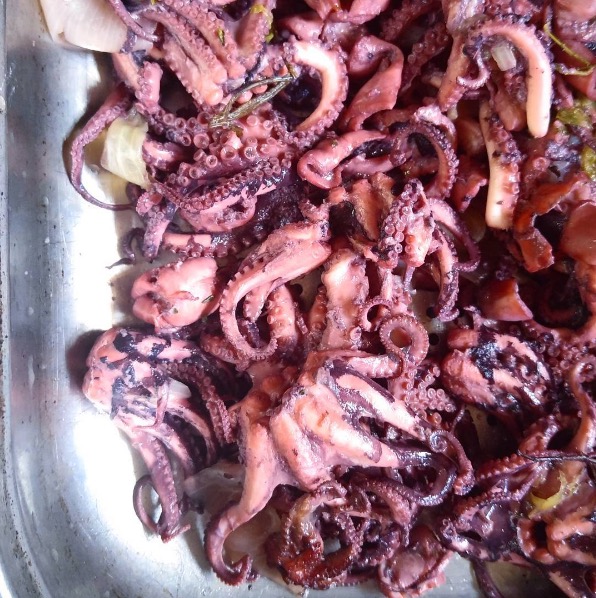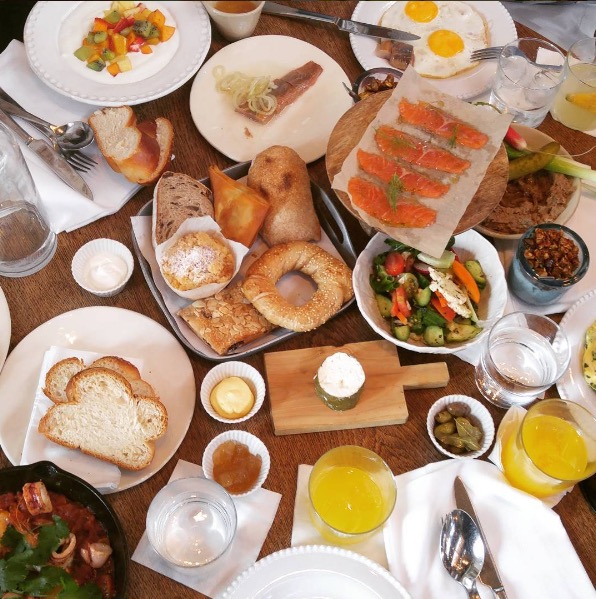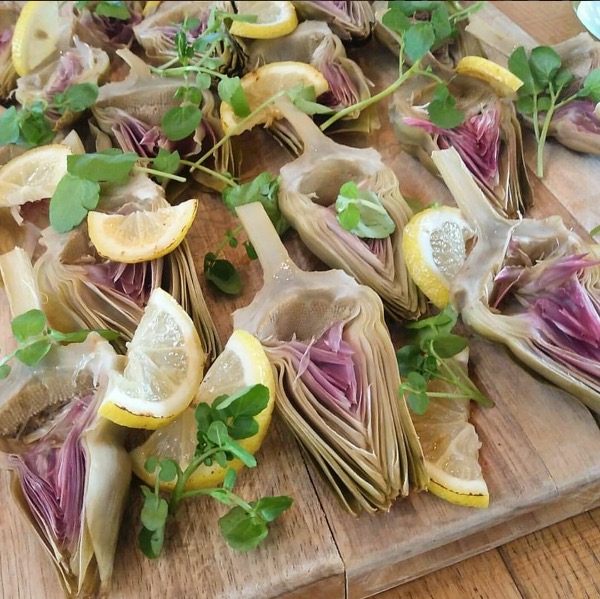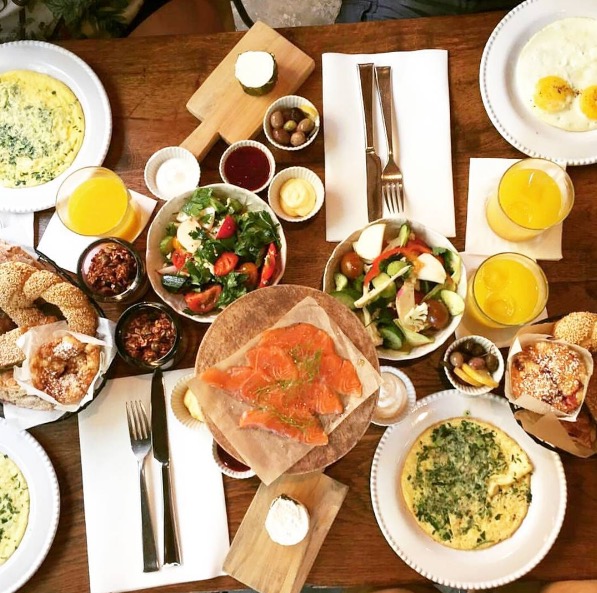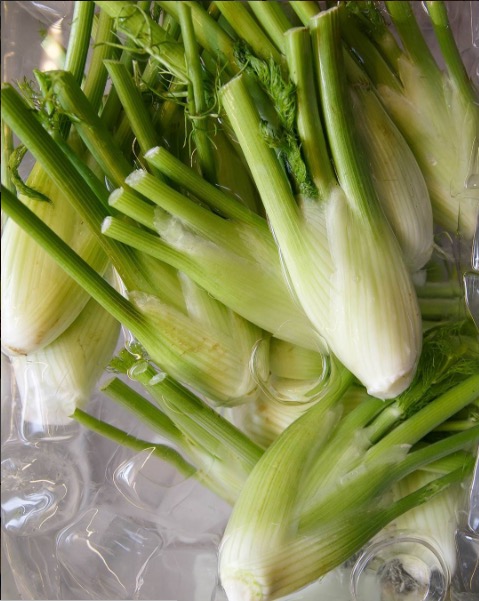Walking the tree-lined central boulevard of Sderot Rothschild. Photo by and © Vision Studio
To prepare for a night of club hopping in Tel Aviv–Yafo, take a nap and set your alarm for 11 p.m. Put on a little extra makeup and your most comfortable shiny sandals, and take yourself down to Sderot Rothschild—the city’s beautiful tree-lined central boulevard—to watch and take part in the promenade of people starting their evening.
“Go to Sderot Rothschild to watch and take part in the promenade of people starting their evening.”
The evening air is refreshingly cool after the heat of the day. A stream of pedestrians stroll beneath the night sky, the streetlights’ glow mottled by trees. Couples abound: a shy young boy and girl hold hands, blinking at a dazzling transvestite unicyclist coming their way. A woman in unthinkably high heels strides along with as much apparent ease as her partner in high-top sneakers. (Israel is famously casual: while some people dress to the nines, most are comfortable in shorts and flats.) A pair of grandparents proudly pushes a stroller down a path; perhaps the baby’s parents are having a night out and the older couple wants to enjoy the pleasantly cool evening air and the many gratis performances on the boulevard. A small crowd surrounds two street performers doing an acrobatic hybrid of the Wobble and the NaeNae, accompanied by the propulsive beat of a recorded drum. All of it helps put you in mood to explore the city’s many nightclubs.


